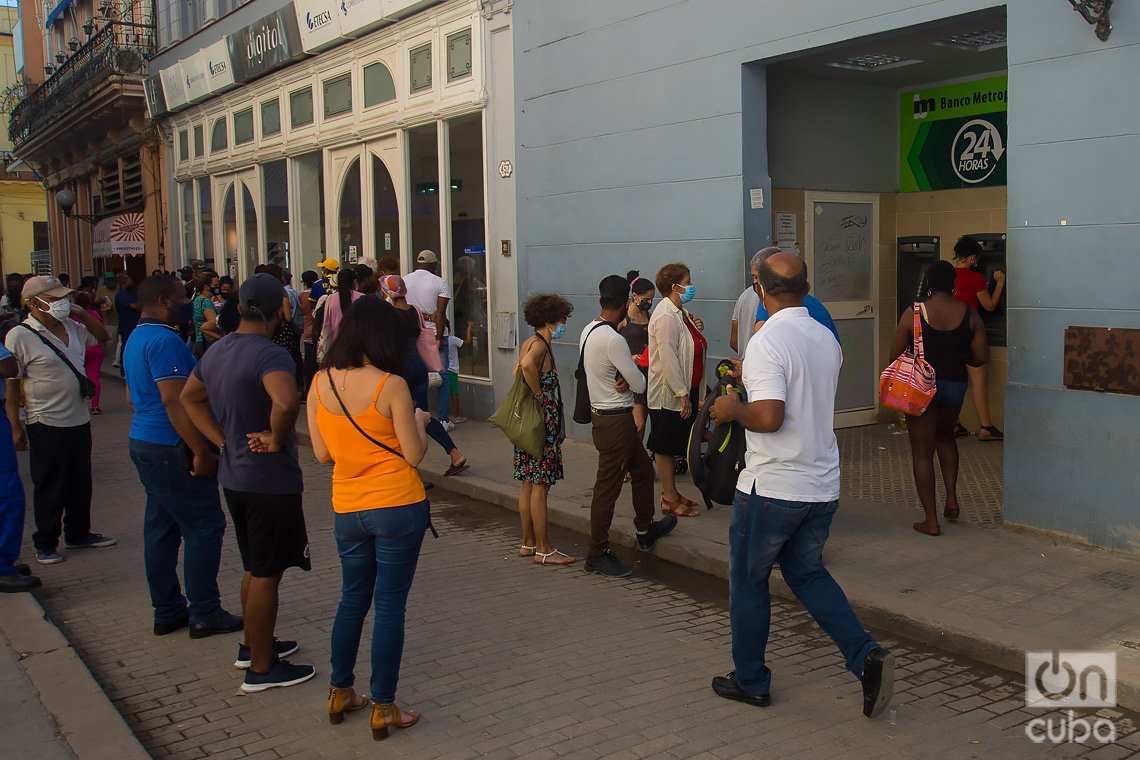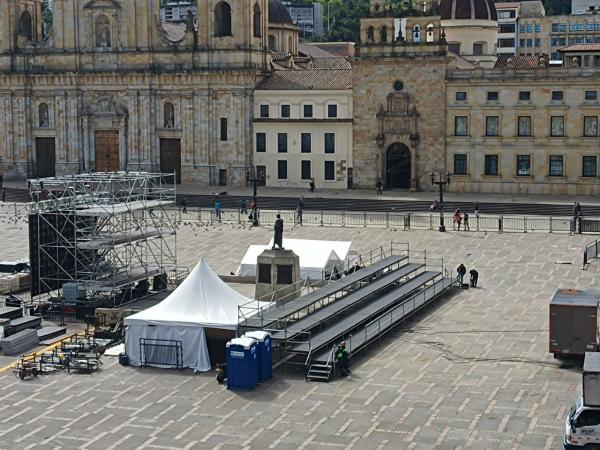On July 21, 2022, within the framework of the Ordinary Period of Sessions of the National Assembly of People’s Power, the Minister of Economy and Planning Alejandro Gil Fernández announced a series of measures, -some of them as wishes-, aimed at recovering the Cuban economy.
But the most debated “measure” at the popular level due to its possible impact was the one related to the creation of a new foreign exchange market for the sale of foreign currency to the population with an exchange rate that is “economically based and where all currencies are worked, including cash dollars.
Last Wednesday, August 3, the minister himself announced the start of the foreign exchange market in the country, starting on August 4, but clarifying that only foreign currency would be bought and at another, unannounced time, it would be sold.
It was recognized that the existence of a formal currency trading market was, effectively, a missing piece in the “Monetary Order”, —which has rather messed up the life of society as a whole. Said non-existence was causing a high rate in the informal foreign exchange market, which in turn had an impact on the prices of goods.
A contradiction is that the measure moves away from the initial interest of an exchange rate unification, that is, that path is not for now. According to the minister’s words, it will be in scenario B, but it is not clear whether B will be beyond what can be assumed. Now there will be three exchange rates: the official one, the currency purchase one and the informal one that will continue to exist.
The country needs to recover the currencies that circulate, without the State being able to use them for the good of society, said the planners.
The first thing that stands out from what was announced is that a new devaluation of the Cuban peso was accepted, since the official rate did not recognize the real value of the market.
The segment of international visitors to Cuba will benefit from the new rates announced when exchanging at the exchange houses (CADECA). Obviously, the exchange rate that tourists were receiving of 1 for 24 is not the same as the new one (1 dollar for 110 pesos). That is to say, the gastronomy, the bars, among other activities, were operating a long time ago with prices related to the informal market exchange rates, always higher than 1 dollar for 110 Cuban pesos, therefore, for them the prices were super excessive. .
International transactions will also be stimulated through transfers, since they will not have bank fees, such as operations in physical currency.
Not all analysts could see that long ago the hotel chains present in Cuba were offering their tourist packages to nationals at prices multiplied by 100 or more —that is, 1 dollar equal to 100 Cuban pesos. That was already the signal that the informal exchange rate was being accepted in their price analyses.
The point was that the State commented that the exchange rates that were published in different media were not real, but subjective. They had the purpose of influencing the raising of the same, they were influenced from abroad, etc., that is to say: the current informal rates were downplayed. Now it turns out that these are the same rates that served as a reference for the announced rates—for example, from 1 dollar to 120 Cuban pesos from the Central Bank and from 1 to 110 from commercial banks, CADECA, etc.
There is a first question when approving the new measures: have the advantages and disadvantages been studied, that is, have the pros and cons been calculated, and their risks? In other words: does the country have the resources to maintain these measures over time, without setbacks? What could happen to them?
If the delay between the purchase of foreign currency by the State and the sale of foreign currency to the population is prolonged over time, new informal exchange rates higher than those offered by the banking system would be produced.
If a merchant who needs to go out to buy supplies abroad for his business pays a greater amount of Cuban pesos for the currency (because the exchange rate has increased), he automatically charges it to the merchandise he sells. They are very basic rules.
Nor can it be forgotten that part of the foreign currency purchased in the country is for emigration, and therefore would be purchased at the existing informal rate. And that, furthermore, one of the causes of this emigration has an economic and hope profile, and the latter is related to the well-being of the Cuban family. The solution of the problems accumulated by the nation is not yet seen in the medium term.
On the other hand, it was clarified in the announcement of the measures that when they start selling foreign currency, the amounts will be limited.
The entry of Cuban pesos into circulation by the State will increase the monetary mass in that currency. This fertilizes inflation in the midst of the scarcity of food and goods, and the high speculation that exists, together with the black market of hoarders or “coleros”.
We must remember here that Cuba is the country of measures and plans, and that the goals and results are almost never in line with the aspirations of the population. The waiting time is over. The population that still does not see the light at the end of the tunnel is looking for other alternatives.
In the minds and hands of the advisers, those to whom the minister referred in his speech, and of the decision makers of economic policy, are the destinies of the nation. You have to analyze all the factors well and finally understand that economics is a science. If the case variables are not used correctly, the results can be adverse.
And there is another question: in this new foreign exchange issue, where are the wage earners, the retirees, the population in a situation of income poverty, that is, those who are not connected to the currency circuit?
The Cuban State should recognize that, due to the objective nature of economic laws, any exercise that it wants to carry out in this area, regardless of its good intentions, cannot be done by trying to convince the State itself that it cannot be guided by the market. In practice, this is what has been happening, but with inconsistencies and gaps.
The 75 announcements of the State’s aspirations must be accompanied by more audacious measures. The authorities know what they are, including commercial private imports, new trades to be MSMEsforeign retail market… But there is still reluctance.






